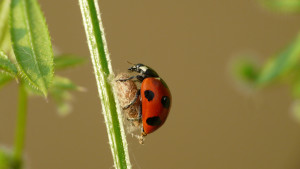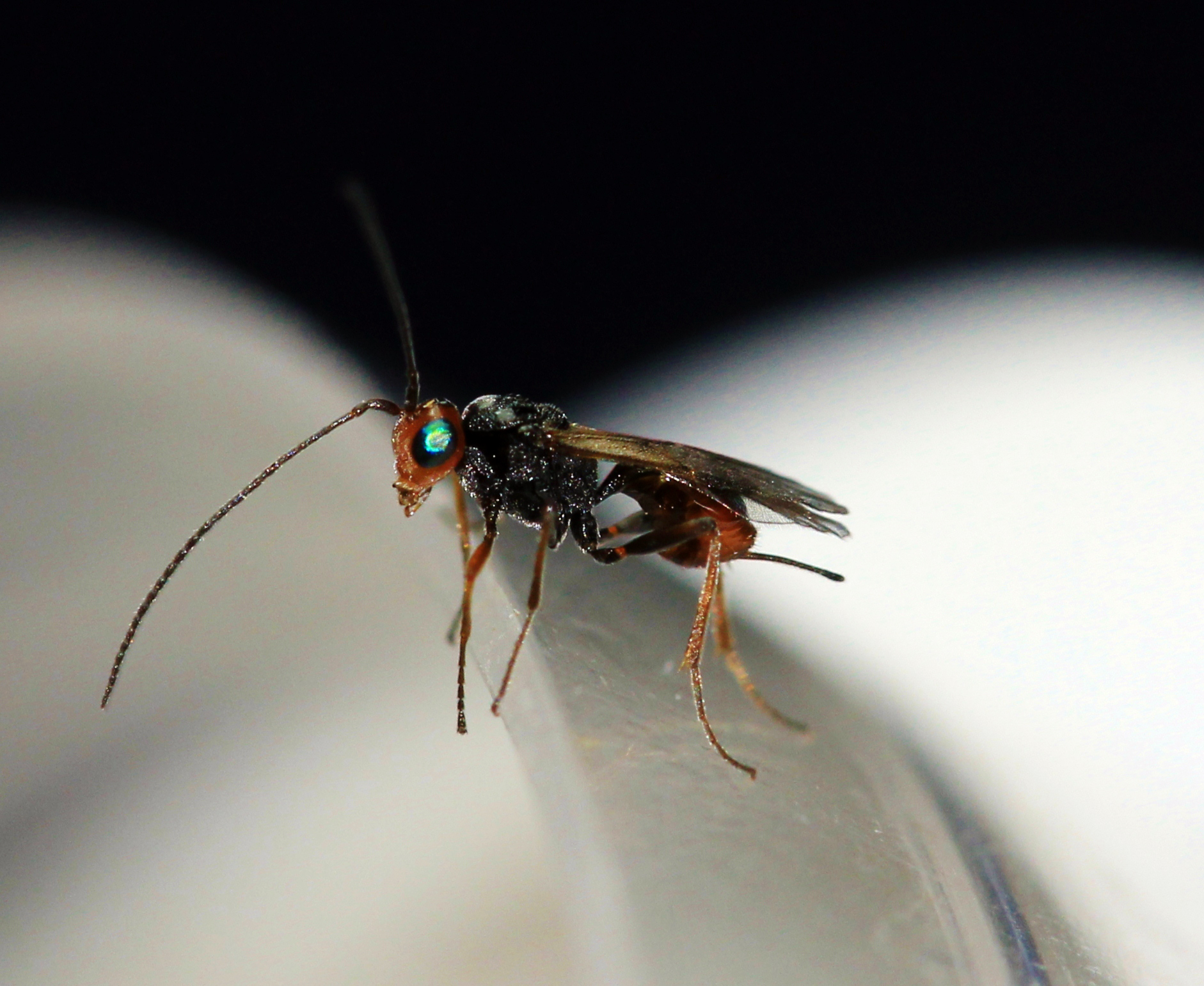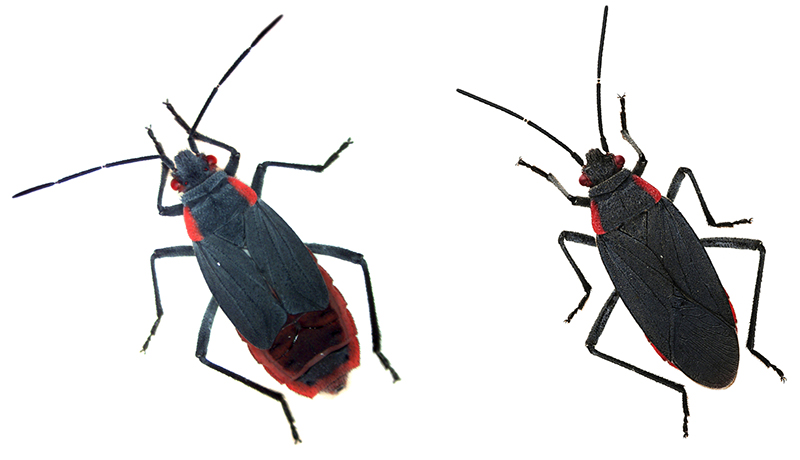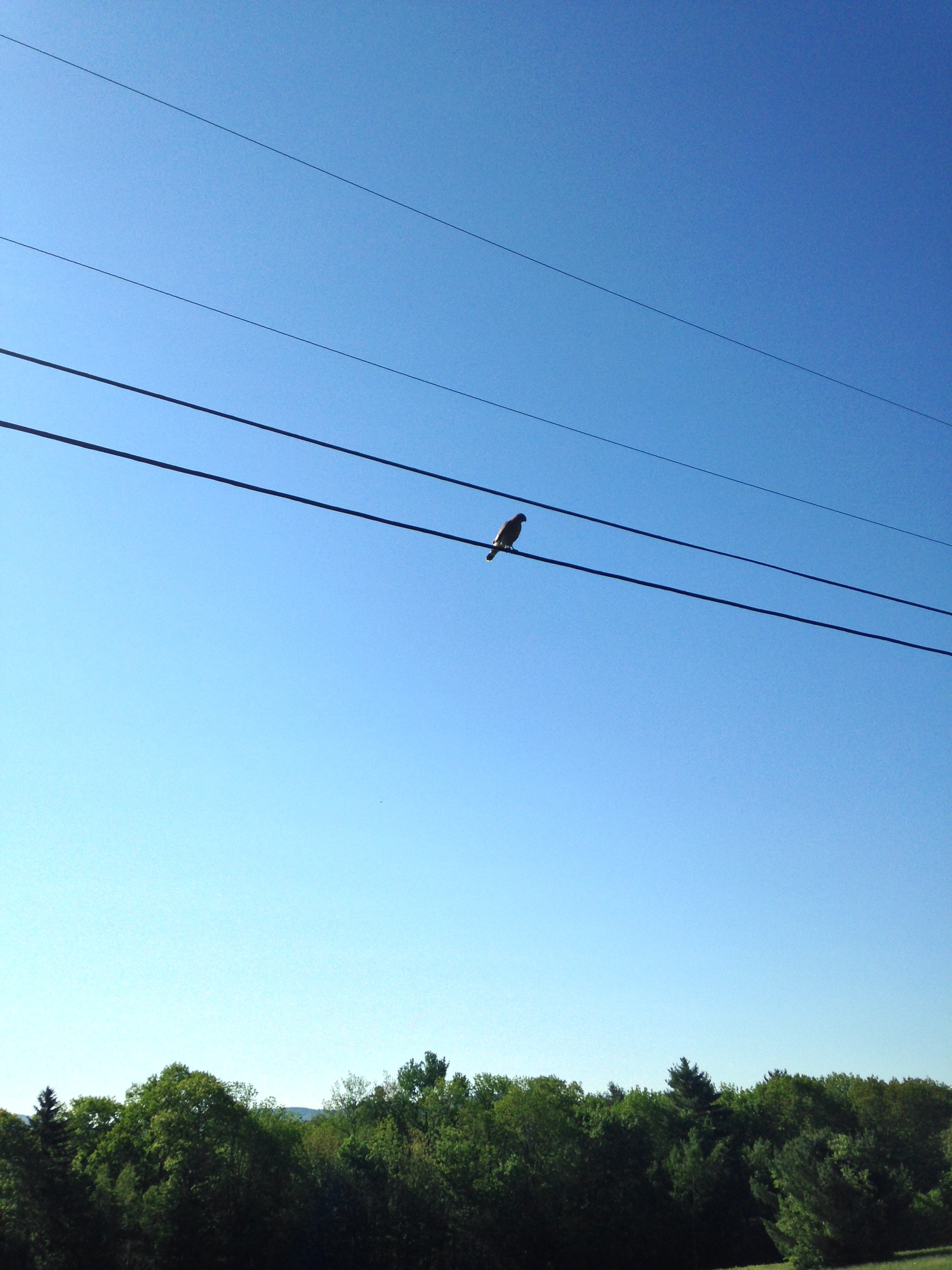Halloween may be over, but some things are creepy all year round. Dinocampus coccinellae is a tiny, parasitoid wasp that uses a virus to turn ladybugs into zombie body guards using a virus! A team of French entomologists made this discovery earlier this year. The finding reveals a new “mind control” strategy used by parasites. The insect affected is the spotted lady beetle, Coleomegilla maculata, and the virus is described as the “D. coccinellae paralysis virus” or DcPV for short. This marks the first time a virus or other microorganism has been discovered to alter the behavior of one species for the benefit of another.
While true parasites spend all of their lives in or on another host species, parasitoids are animals that exploit a host species for only part of their lives and live free for the remainder of their life cycle. Many wasps are parasitoids, with free-living adults and larvae that must mature inside of an unfortunate host insect.
The team studying the wasp Dinocampus coccinelae found its associated virus by chance while sequencing genes expressed in the ladybugs. The researchers found that there were viral gene sequences unique to the parasitized ladybugs, but not present in healthy Coleomegilla. They confirmed the presence of DcPV using high magnification electron microscopy to look within cells of the brains of affected ladybugs where they saw the assembled viral particles.

(image: coniferconifer, via flickr, CC BY 2.0)
So what happens to the unfortunate ladybugs? The wasp lays her eggs inside the ladybug. They hatch–inside the ladybug’s body–and proceed to grow within and feed on their host. That would be bad enough! But after about twenty days, a single larva bores its way out through the ladybug’s abdomen and spins a cocoon between its legs.
Now it gets even weirder. The virus infects the ladybug’s brain, and it becomes paralyzed, effectively sticking to the cocoon of the larva that has just emerged beneath it. Ladybugs typically internalize toxins they collect from their food. This makes them taste bad, which deters predators. For this reason, a ladybug makes pretty good protection for an otherwise defenseless wasp pupa. In addition to the ladybug’s normal deterrent effect, the DcPV virus may help scare off possible predators of the wasp larva by making the ladybug twitch.
In the future, more studies may determine the exact mechanisms through which the virus controls ladybug behavior. It is possible that both the virus and the wasp larva are needed to cause the bodyguard behavior. Moreover, it’s not known whether the wasp and virus need each other for survival and reproduction. Nor is it clear whether the virus has negative effects on the wasp.
For the ladybugs, don’t feel too bad. Amazingly, although they get zombified, and their insides get eaten, about a third of them make a full recovery!





I’m pretty sure this has happened to a lady beetle over-wintering in our bathroom! What should I do?! Should I flush her? Can I try to remove the larva?? This is so gross. Help.
Hi Kendra, wow! We wish we could see what it looks like. If you want to save the ladybug, there is no point in removing the larva since it is already ‘zombie-fied’. If it freaks you out, you can flush it down the toilet. But you can also put it outside – it is a natural thing!